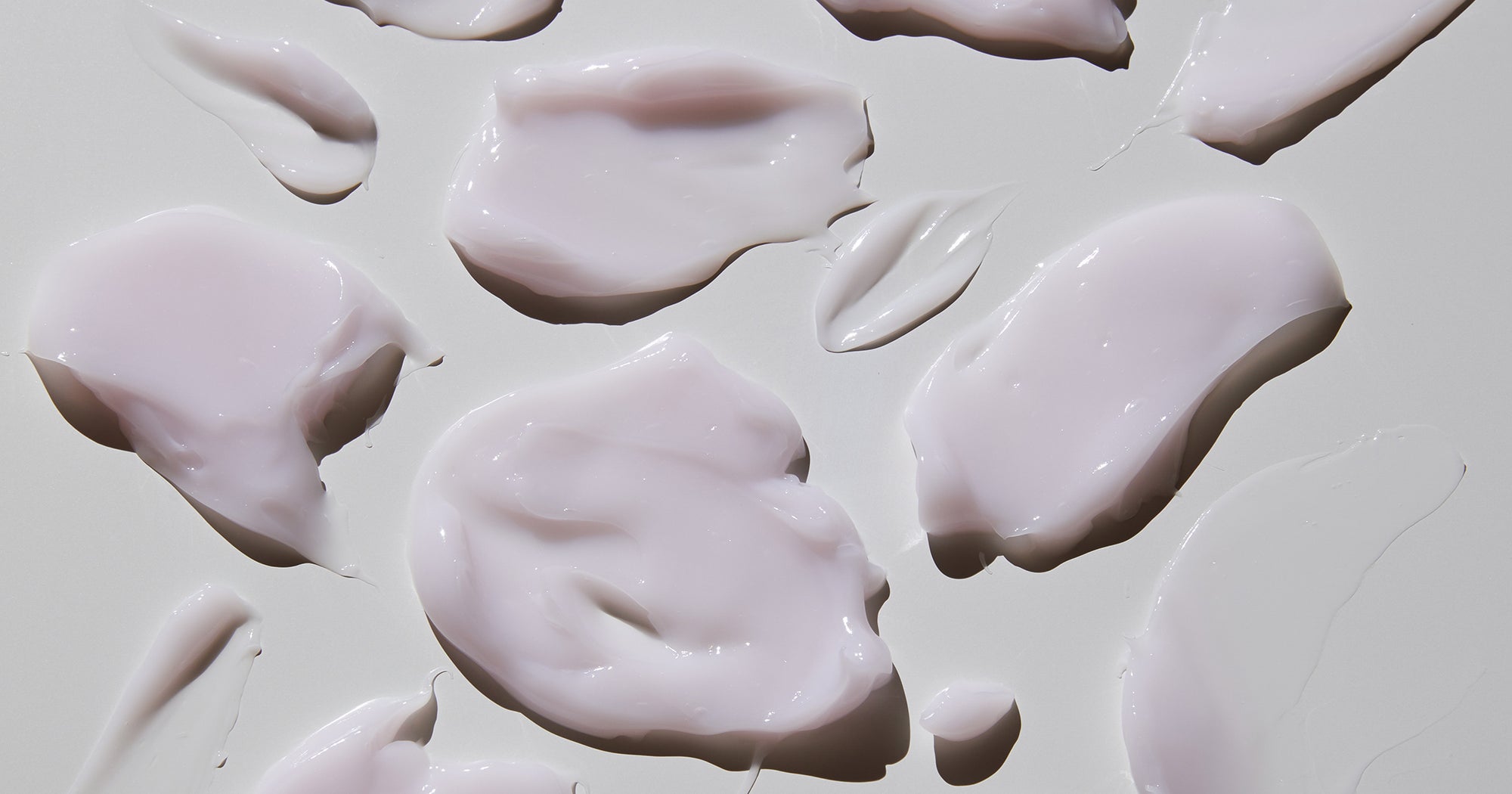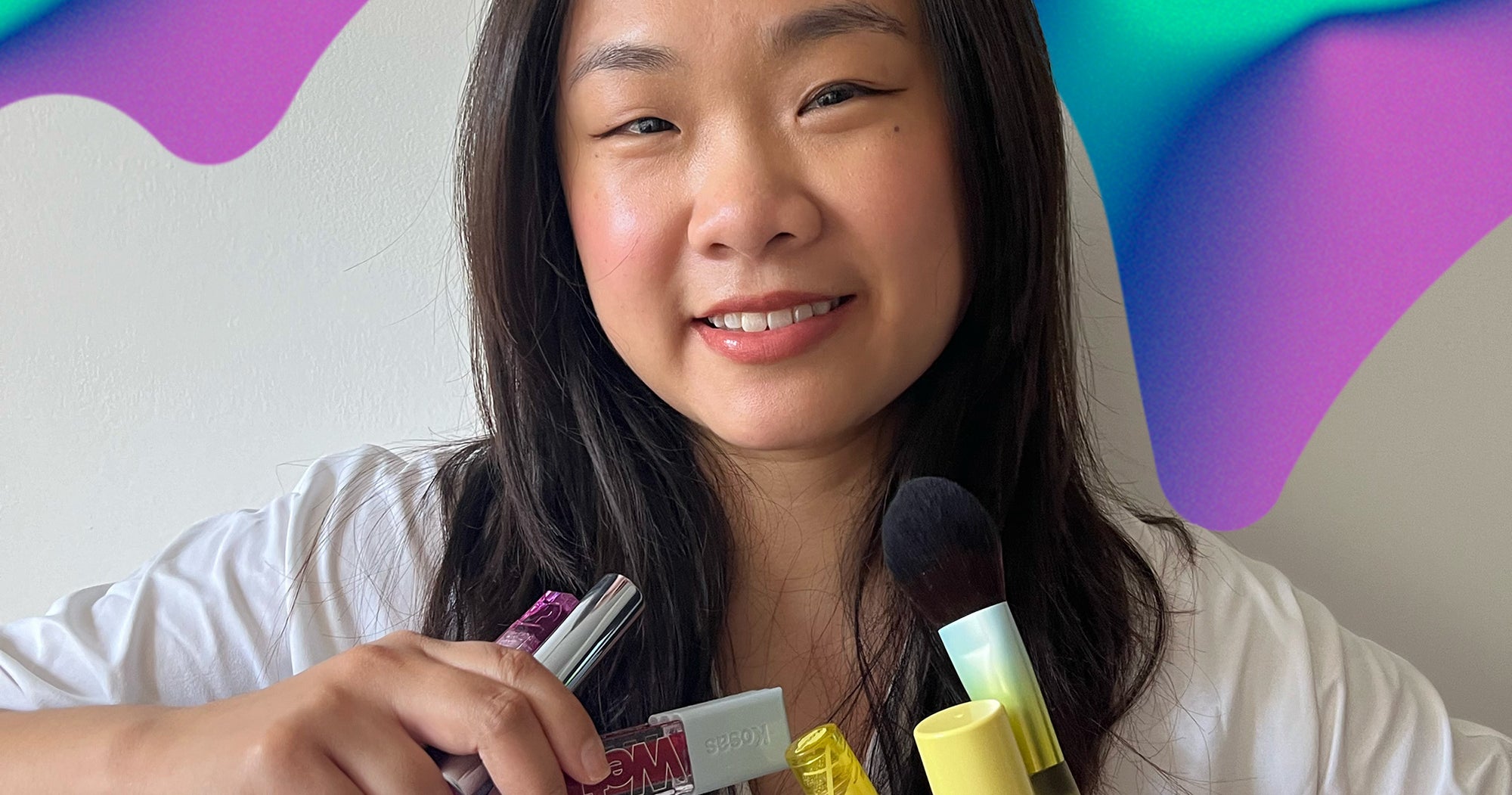New regulations for alcohol packaging in the United States might challenge the supremacy of the traditional 750 ml glass bottle. The new rules allow wineries and distillers more flexibility selecting container sizes, which offers consumers more choice.
The size of wine bottles is largely standardized around the world, with most focusing on 187 ml single serve containers (commonly used on airplanes) and 375 ml half bottles in addition to the conventional 750 ml bottle. (Half litre 500 ml bottles are used for sweet wines like Sauternes or Tokaji.) Larger formats favoured by collectors range from a magnum (1.5 litres) to what’s known as a Melchizedek or Midas, the 18-litre bottle used in special circumstances to extend the aging potential of top wines from Bordeaux, Burgundy or Champagne.
The traditional 750 ml container is the industry standard, but interest in smaller formats continues to increase as consumers embrace moderation and look for more affordable selections. It helps that wineries are looking to put more inspiring wines into smaller and alternate formats such as cans, plastic bottles and bag in boxes.
The new American regulations, which took effect January 10, introduced several new container sizes for wine, including 300 ml, 473 ml and 600 ml.
The market will be watching which formats are embraced by large American wine companies such as Constellation, Gallo and Treasury in their bid to engage younger and health-conscious consumers while contesting competition from craft beers, ready to drink cocktails and no- and low-alcohol drinks. Cost of production, shelf space and consumer appeal will factor into the potential success of a new format.
Smaller and unusual size formats come with an added expense. Using half bottles traditionally has similar production costs to full bottles but in smaller volumes. Alternative formats are well established in Australia and South Africa, which has been making wine appreciation more accessible with cans and other portable servings that don’t require a corkscrew. Acceptance by American producers will help push smaller packages further into the mainstream.
Fine wine that’s meant to age for years needs a glass bottle. But glass is no longer viewed as the most sensible option for quality wines destined to be purchased and enjoyed within hours or days. If it’s unthinkable to drink wine out of a can, pouch or tiny bottle, pouring them into a proper wine glass would enhance the experience.















